How to get started with bird photography; explanation and tips
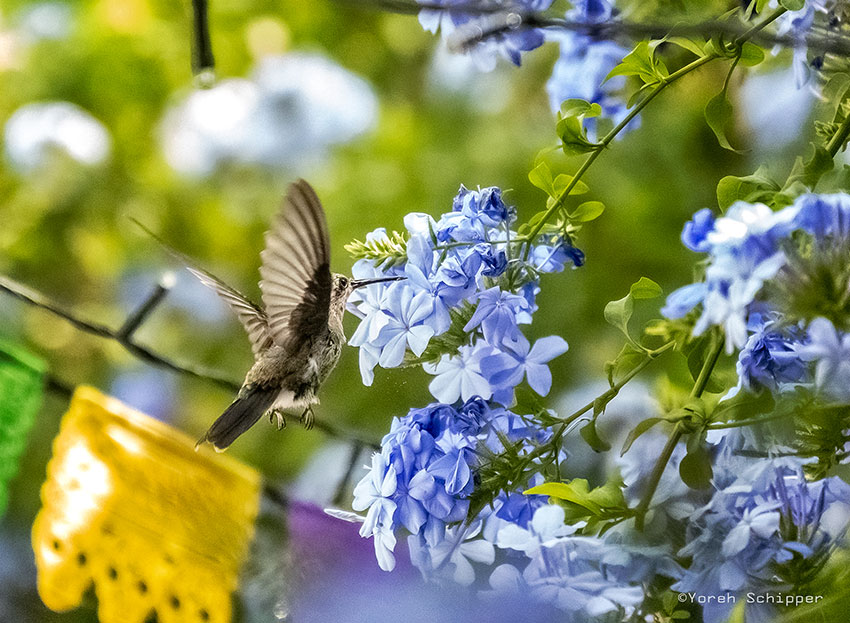
Bird photography is accessible to more and more people, and that is why we give the most important tips to start with bird photography. Capturing birds is in principle already possible with a good compact camera, but for the best results we recommend using a mirrorless or DSLR camera. How you position and behave yourself is also essential. In addition, it is critical to set the camera correctly. We will discuss all these points in this compact article.
It is good to learn bird photography step by step. First you will be happy with a sharp and unmoved photo, then you also want a good crop and good posture of the bird. The last step is to combine everything until you can take a picture of a bird in flight.
Camera equipment for bird photography
What kind of camera do you need for bird photography? Although a compact camera with a large zoom (about 300mm) is enough to start with, you often have less or no control over the settings. And you want to be able to set all the settings yourself. If you would like to get started seriously, we recommend an DSLR or mirrorless camera. It is also possible to use a bridge camera. This is a compact camera with a fixed superzoom lens. Perfect, you would think. However, the autofocus of these bridge cameras is often slow and will probably cost you the moment.
DSLR or mirrorless camera
These two camera types are very similar, but the mirrorless camera is the newer variant. The most significant difference is that the mirrorless camera has no mirror and is completely digital. With both cameratypes you can change lenses, which is important for bird photography. For example, you can opt for a variable zoom lens of 70-300mm, for example, or a fixed focal length lens of 300mm. In general, the ‘prime’ lenses with a fixed focal length are of better quality because they are made purely for that focal point. But, they are also a lot pricier.
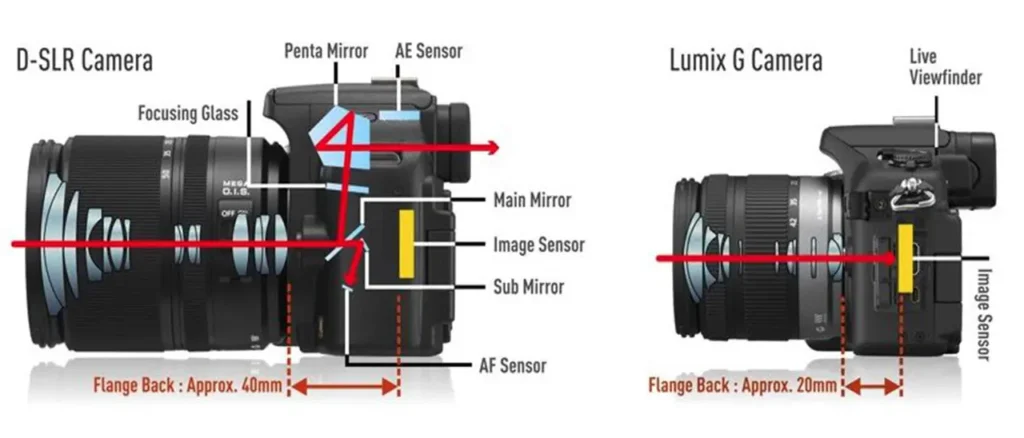
In this photo, you can see that the mirrorless camera (right) is a lot more compact than the SLR camera (left). In addition, the lens of a mirrorless camera is closer to the sensor, so that less useful light and information are lost.
Camera settings for bird photography.
Birds are fast animals and to capture them (almost) frozen, it is essential to use a higher shutter speed. If you use a tripod and capture a bird sitting still, you can get away using 1/60s (with image stabilization in the lens or body). In most cases, it is better to use at least 1/125 to 1/500. The faster the bird, the faster your shutter speed should be.
For really fast birds, such as a hummingbird, you need at least 1/3200 or even 1/4000 shutter speed to capture them (almost) still. This means that you have to work with small apertures and high ISO values.
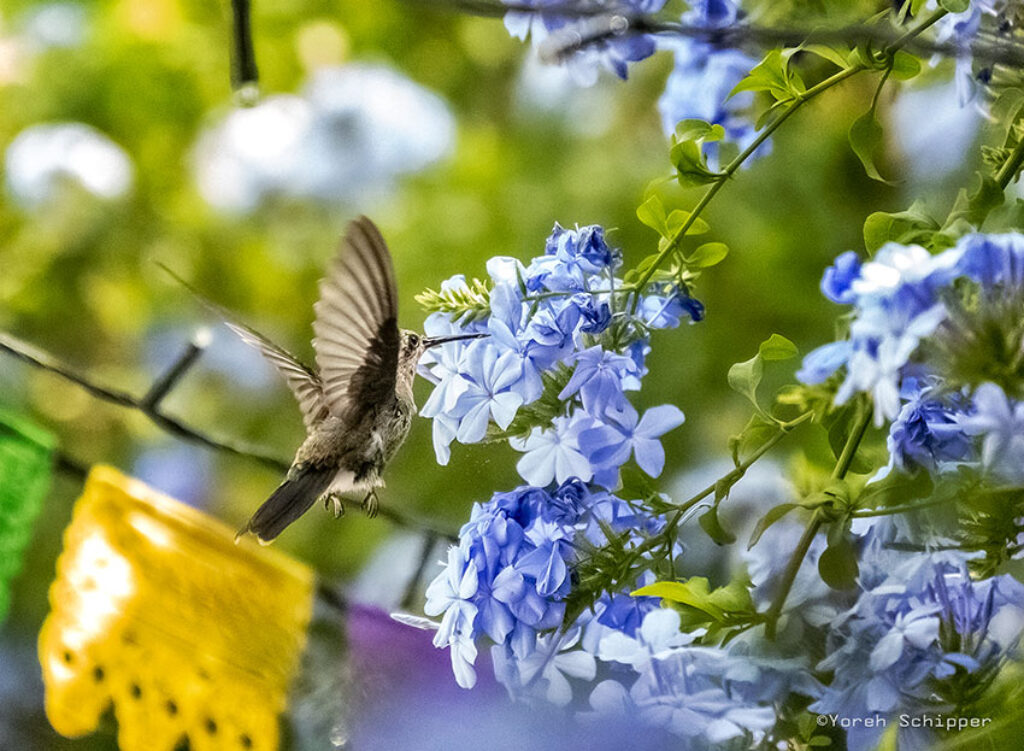
Hummingbird in Mexico by Yoreh Schipper at 1/4000.
So if you start with bird photography, it is a good idea to start with birds sitting still before you focus on flying birds. As we said; step-by-step.
A faster shutter speed also means the camera lets in less light. To solve this problem, you can increase the ISO value. The ISO value is a digital way of brightening the image. Most newer cameras can be set to ISO 1600 without experiencing too much noise in the image. If you use a professional model like the Sony A7R IV, you can easily go a lot higher.
Camera mode
You can put your camera in different modes; from fully automatic, semi-automatic to fully manual. Don’t shoot in full auto mode, as the camera will never do what you want. As we said, it’s important to always shoot with a minimum shutter speed of 1/125. So, you want to have control over the shutter speed (in S mode). It is also often undesirable that the aperture changes automatically (in the A position).
If you know your camera well, then using the M mode is a suitable option. In M-mode you set all settings manually. This way, the camera does not determine for you how high or low the ISO is and which aperture you use. You can preset the camera to a stationary or flying bird.
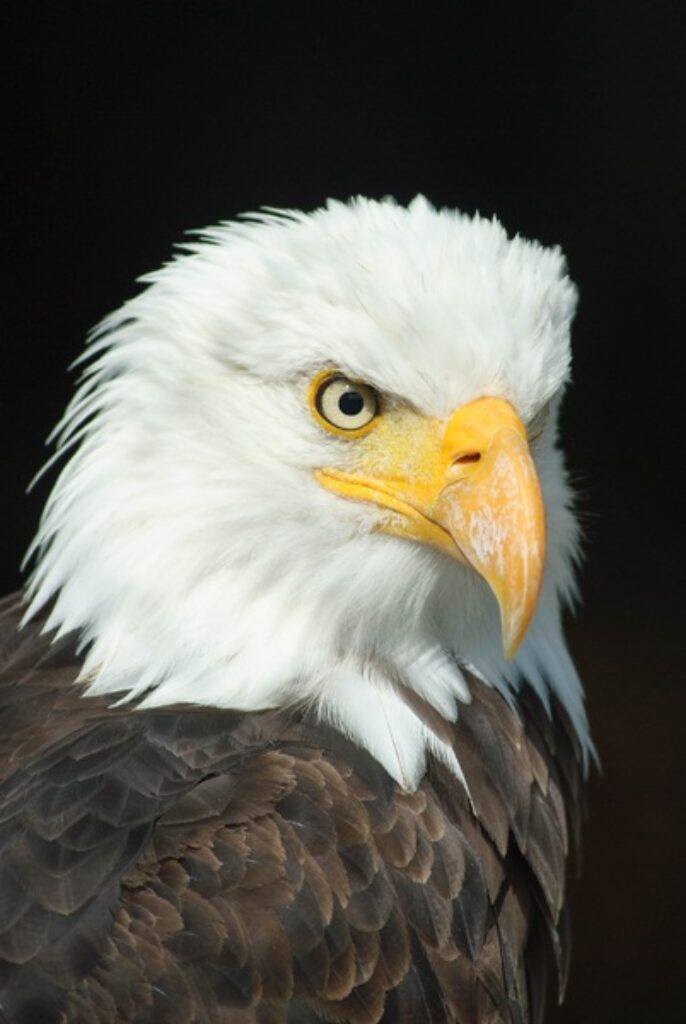
Aperture
The aperture determines how much light is let in through the lens. The higher the number, the less light comes in. A higher number also increases the depth of field. That means the background is less blurry. If a bird is close by, and you use a zoom lens, you need about F8. If the bird is further away, F5.6 to F7.1 works fine.
Do not use auto ISO
Make sure automatic ISO value determination is off. When this is turned on, the ISO will be the first to ensure that the photo is properly exposed, which almost always results in photos with a lot of noise. The ISO is best left between 100 and 1600. The lower, the better.
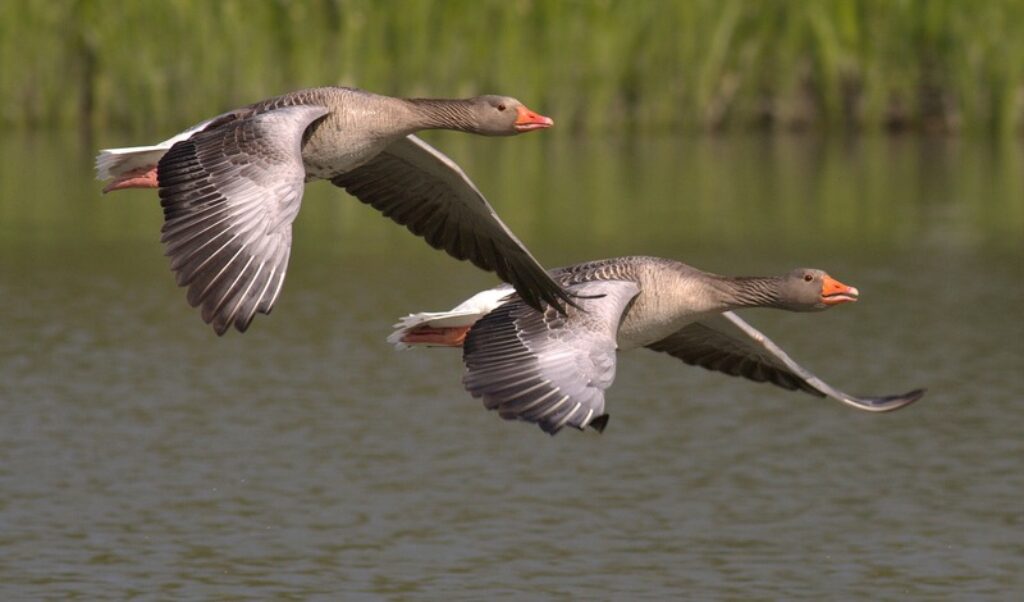
Bird photography from the garden
A good way to start bird photography is in the garden. In the garden, or from the inside with open doors/windows, you can stay for a long time, without travel time and without getting cold or hungry. Perfect to start with!
Birds are creatures of habit, and you will notice that many birds come to the same places at fixed times of the day. To control these habits, you can feed the birds with suitable bird food in both summer and winter. In my garden the pigeon, blackbird and great tit always come by for their lunch at the same time. They even arrive and eat in the same order (hierarchy)! Thanks to their fixed pattern, you make it a lot easier for yourself.
Bird food
Make sure that the (for example) fat balls hang on a good flight path. Birds always pay close attention to danger and therefore want to be able to leave quickly. If your fat ball is not visited, the birds may not be able to leave or arrive quickly if a cat is nearby. Also make sure that the food is in a well-lit place (where the sun reaches it) so that the bird is immediately well exposed, and you don’t have to use higher ISO values.
Birds in the winter garden
Birds in the garden are less shy in winter because there is less to eat. So, they are looking harder for good food places. You can use this to your advantage because they will appear more often. If you have also hung food yourself, of course. By studying their behavior, you can figure out where the birds will sit before they’ll fly for the fat ball. Keep an eye on those resting spots with the camera, so you’re ready when the bird arrives.
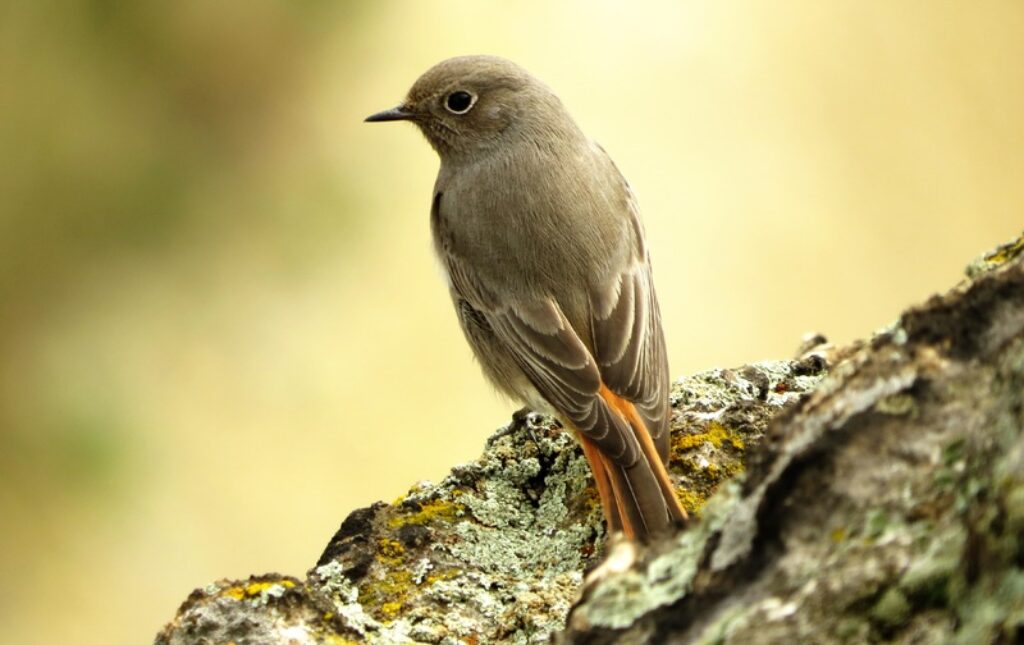
Bird behavior
Birds usually have set behaviors and routines. They go the same rounds when they know that there is food in certain places. The goal is to disturb the birds as little as possible and not make them feel threatened.
Birds can learn well and therefore get used to you. You can teach the birds that you are nearby, but not a threat. My 19-year-old cat could even sit in the garden after a while, while the pigeons literally ate breadcrumbs next to the cat. This because they knew that the cat did not have the energy to hunt. This process, of course, took some time.
If birds are used to it, they may even come to you. As long as they know your behavior, and you don’t do anything unexpected, you can get close for the shots. All these processes take some time, but it benefits photography.
Code of conduct in bird watching and bird photography
Bird protection has drawn up a list with a code of conduct for bird watching and photography. The interests of the birds always come first. This means that you should disturb the birds as little as possible.
It is always good to be an ambassador for the birds and bird watchers. Here you can explain to other people about bird watching or point out things they should not do.
It is important that you always comply with the applicable laws of the Nature Conservation Act and that you do not lure birds too much. Although baiting with, for example, suet balls is fine in winter, you should not lure them with noises during breeding season.
Photography locations
Although there are countless bird photography locations in the Netherlands and Belgium, you can of course also choose to stay cozy in the car. As long as you stay in the car, birds don’t see you as a concrete threat. Turn off the engine and lights so as not to disturb the birds.
These are the basic tips you can get started with. Good luck and keep trying a lot. It will not always work the first times, especially with fast birds. Keep playing with the settings and at some point you will find out what the best settings are for your bird photography style.
What is Camera Deals Online?
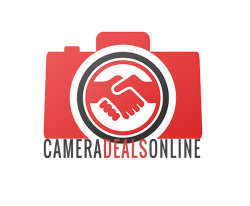
We at Camera Deals Online find the best video and photo camera, lens and drone and online prices for you. With us, you can find camera prices, top-lists and we write reviews and blogs with tips and camera information. In addition, we give you the latest news about camera smartphones, camera equipment, film, and photography field. This way, we help you find and buy the best camera, lens, drone, gimbal and accessories. Our website is 100% independent.
CameraDealsOnline exists thanks to you! When you buy a product through one of our links, we receive a small percentage of the total amount. This has no effect on the price of the product. Thank you!
News and recent posts








